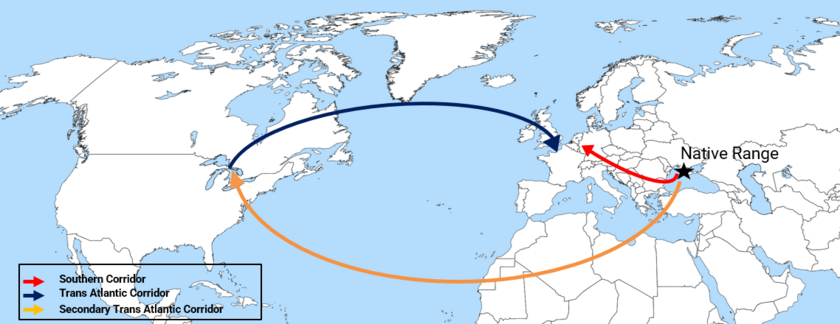Department Aquatic Ecology
Tracing the global spread of Quagga Mussels

Freshwater ecosystems face mounting pressure from biological invasions, especially by the quagga mussel. This species is rapidly expanding in Swiss lakes, disrupting native biodiversity and water infrastructure. Genomic approaches offer powerful tools to unravel their invasion history.
This project applies whole-genome sequencing (WGS) to:
i) Trace global and local invasion pathways with high resolution,
ii) Identify undocumented introduction events and refine existing hypotheses (southern, northern, trans-Atlantic routes), and
iii) Investigate the “genetic paradox” of invasions, how quagga mussels thrive despite reduced genetic diversity.
To achieve this, the project will sequence 500 individuals from native and invasive populations worldwide, including 10 Swiss lakes. The resulting genomic data will be used to reconstruct population histories, model dispersal routes, and identify adaptive regions under selection. This approach surpasses traditional methods like DNA barcoding or microsatellites in its ability to resolve fine-scale patterns of invasion.
This work will contribute a high-resolution map of quagga mussel spread and improve understanding of evolutionary processes in invasive species.

